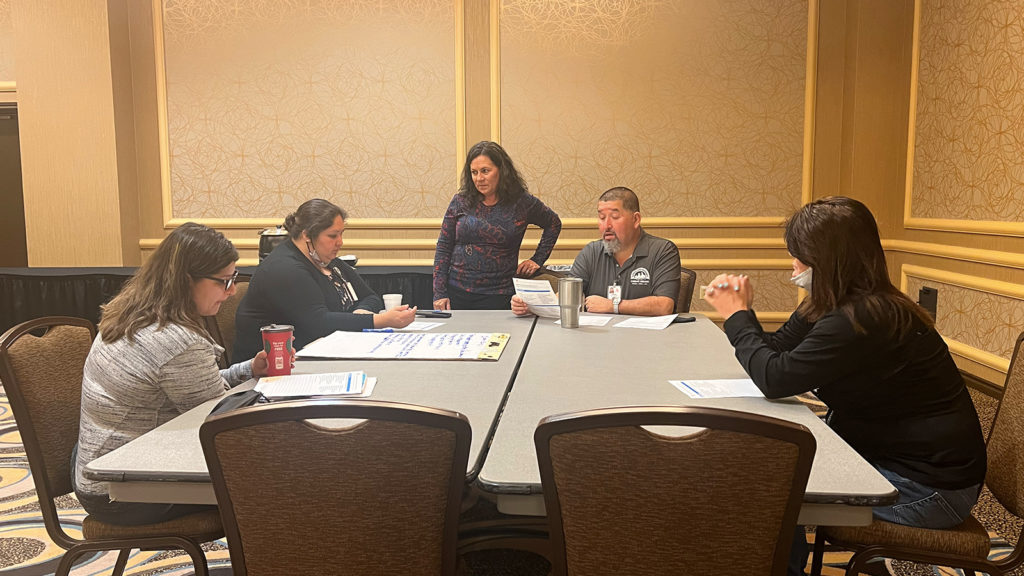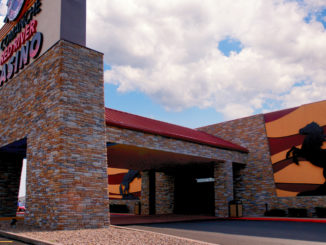Read Part I from the Spring Issue of TG&H – Creating Intentional Leaders and a Culture of Quality: Evidence-Based Intentional Leadership Methodology
Managing a business is hard. It is even harder to manage in a family business and it may not be for everybody. Whether you are a family member or not, unique challenges and nuances exist that must be understood in order to ensure fairness and accountability throughout the organization.
Are we a family or a team?
It is common to hear individuals within organizations refer to the business culture as a family rather than a team. What does it mean for an organization to act as a family versus a team? The use of these terms to describe an organization paints a picture of how people work together. The use of the word “family” tends to describe the level of information and intimacy that the individuals share about their personal lives. There are both positive and negative impacts for this type of organization. Sometimes decisions can be perceived as biased due to a “personal relationship” or favoritism. And let’s face it, not all families are functional. So what is acceptable behavior in one family may not be in another. How you describe the organization will reflect acceptable behaviors and determine how unwanted behavior is corrected.
If the culture is one of family, how do you “fire” a family member? This creates hostility and betrayal. In these types of organizations, it may be difficult to hold each other accountable for poor performance. Leaders must have the courage to tackle the most difficult conversations. Avoidance creates a lack of fairness and mistrust, leading to a lack of performance and team member turnover.
What if your organization is both? A team and a family.
Navigating in a family business
If you work in a Native-owned or Tribally-owned business, you work for a family. And family relationships can get messy. As a team member in a family-run business, it is important to recognize that the personal career path of a non-family member may be limited due to a desire to promote family into senior positions. Although promotional opportunities exist, it is important to understand that the ultimate role is to mentor and guide while building the long-term success of the organization. This expectation must be documented and communicated to ensure that team members understand the greater mission of the organization. If not, there will be a lack of trust within the organization and the growth of family members into leadership positions will fail. This expectation does not mean that there isn’t an opportunity to have a rewarding career within a family organization. In fact, many people find long-term rewarding career paths working in family-owned businesses.
A family member’s perspective and responsibility
This environment is equally challenging, if not harder for the family member. Think about this for a moment. In addition to navigating the work dynamic, the family member also brings their personal generational family dynamic to work every day.
Leaders’ responsibility
Successful leaders in these types of organizations must follow clear and fair policies as guiding principles while being open about the issue of preference. In organizations that create and celebrate the mentoring relationship that team members are asked to assume, all sides learn to respect the relationship and can build team trust.
How you describe your organization matters. It sets the tone for how individuals will lead and treat one another. Organizations that acknowledge the unique challenges of the environment tend to create better understanding and acceptance of the nuances that exist. Organizations that define how the business will navigate the issues around operating in a family-run business have a greater chance to create a high-functioning organization.
No matter the decision – a human approach is important in both types of organizations.
Elements of a successful leadership development program
Building a successful leadership development program takes a commitment by the organization to partake in a long-term culture-building process. This process is about providing a solid foundation to reduce the gaps in the existing teams’ skills while creating a pathway for emerging leaders to build skills that will allow them to prosper and grow within the company.
Many organizations spend significant resources training team members to stop certain behaviors without focusing resources on eliminating the root cause of the unwanted behavior. A successful leadership development program will transition the team from focusing on the symptoms to correcting and strategically finding solutions to build core solutions.
Identifying emerging leaders
Behind the big jackpots, fancy spas and headliner entertainment is the reality that running these casino resort operations is a person in an entry level position, who works varied shifts at all hours, day and night, weekends and holidays. Yes, these entry level positions are opportunities to learn the business and grow within the organization. But without a formalized emerging leader program, many high potential team members leave before ever understanding the opportunity that may exist. Creating a coaching environment, where all managers are responsible for understanding the long-term interest of their team, sets up a path for identifying emerging leaders.
Encouraging Tribal member growth
As a large family business, Tribal organizations have an ongoing objective to ensure the professional and personal growth of membership. Establishing professional development plans will help organizations ensure that the need of this business objective is met. Sometimes fear that someone might leave prevents organizations from embracing these programs. However, when it comes to Tribal member development, the objective is to create long-term opportunities for the individual, believing that their personal success will bring forth overall success for the Tribe.
Retention and rewards
The casino industry has long struggled with turnover rates hovering in the 45 to 50 percent rate and higher. These numbers, especially in food and beverage areas, are considered standard. Basically, we have been content with a failing grade in our ability to keep and retain team members. To clarify, this was the case long before COVID-19 in 2020.
According to SHRM, for hourly team members, the true cost of turnover is 1.5 to 2 times the team member’s salary, which on average is $1,500 per team member. Depending on the seniority, that amount can rise significantly. Therefore, in a small property that replaces just 50 people a year, the cost to the organization is an estimated $75,000 minimum annually.
This core operational issue will continue to increase as the Baby Boomer leaders exit the workforce, forcing organizations to finally face the needs of the emerging workforces. Gen X and Z workforces demand a more flexible and team-oriented approach to work. Compensation is never the core issue for team member satisfaction, but it is a symptom of a larger issue. A successful leadership development program will embrace the change and find ways to uncover the root causes of high turnover and create an organization that builds in flexibility, recognition and rewards to meet future demands.
By investing in these leaders, organizations create high potential team members who have an authentic love for the corporate culture. These individuals are willing to recruit like-minded people to join the organization. Not to mention, these brand ambassadors have a huge impact on your guests. Remember, your unsatisfied and disgruntled team members spend every day talking to your best players.






